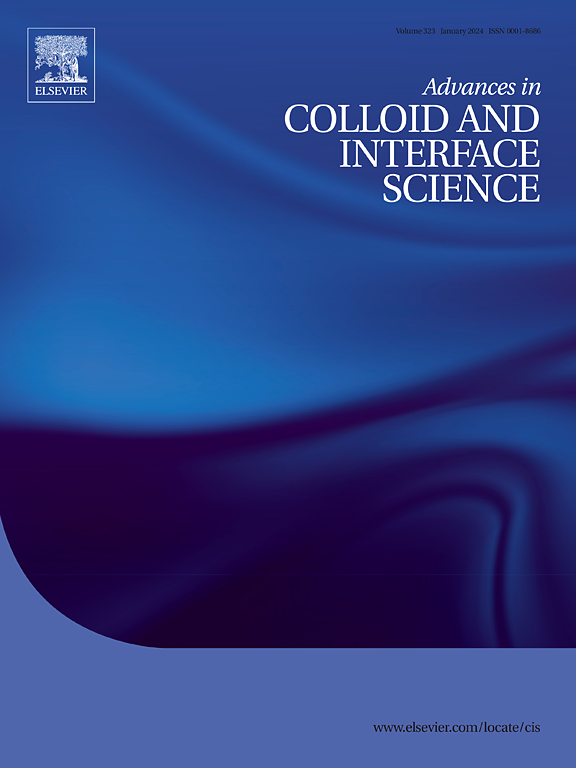Polypyridyl-based bridging corrosion inhibitors: A critical review on interface and ligands properties
IF 15.9
1区 化学
Q1 CHEMISTRY, PHYSICAL
引用次数: 0
Abstract
The ligand characteristics of polypyridyls, primarily bipyridine (bipy), phenanthroline (Phen), terpyridine (Tpy), naphthyridine (NC), and their derivatives, are popular for their ability to create stable chelating complexes with metal ions. Because of these characteristics, they and their coordination complexes have been used for many purposes. Polypyridyl-based heterocycles have been widely employed as corrosion inhibitors in the aqueous phase as they provide long-lasting, consistent and efficient protection. The unshared nitrogen electron pairs in polypyridyl-based corrosion inhibitors significantly coordinate with the metal substrates. Corrosion inhibitors based on polypyridyls increase polarization or charge transfer resistance (Rp or Rct) and decrease corrosion current density (icorr) by blocking active sites. Their adsorption, coordination, and chelation are thermodynamically advantageous due to their chelating nature, which results in positive entropy change (S > 0). They adhere to several isotherms during their adsorption on the metallic surface. The review article discusses the inhibition potential of polypyridyl-based corrosion inhibitors, their adsorption, coordination, chelation and mechanism of corrosion protection. The challenges and opportunities of using polypyridyl-based corrosion inhibitors in coating and aqueous phase applications have also been surveyed. The significance of coordination complexes, regioisomerism, and the relative location of nitrogen atoms have also been discussed.

聚吡啶基桥接缓蚀剂:界面和配体性能的综述
多吡啶的配体特征,主要是联吡啶(bipy)、菲罗啉(Phen)、三吡啶(Tpy)、萘吡啶(NC)及其衍生物,因其与金属离子形成稳定的螯合配合物的能力而广受欢迎。由于这些特性,它们和它们的配合物被用于许多用途。聚吡啶基杂环化合物作为水相缓蚀剂被广泛应用,因为它们提供持久、一致和有效的保护。聚吡啶基缓蚀剂中未共享氮电子对与金属底物明显配位。基于多吡啶的缓蚀剂通过阻断活性位点增加极化或电荷转移电阻(Rp或Rct),降低腐蚀电流密度(icorr)。由于它们的螯合性质,它们的吸附、配位和螯合在热力学上是有利的,从而导致正熵变(S >;0)。在金属表面的吸附过程中,它们遵循几个等温线。本文综述了多吡啶类缓蚀剂的缓蚀潜力、吸附、配位、螯合作用及其缓蚀机理。在涂料和水相应用中使用聚吡啶基缓蚀剂的挑战和机遇也进行了调查。本文还讨论了配位配合物、区域异构体和氮原子相对位置的意义。
本文章由计算机程序翻译,如有差异,请以英文原文为准。
求助全文
约1分钟内获得全文
求助全文
来源期刊
CiteScore
28.50
自引率
2.60%
发文量
175
审稿时长
31 days
期刊介绍:
"Advances in Colloid and Interface Science" is an international journal that focuses on experimental and theoretical developments in interfacial and colloidal phenomena. The journal covers a wide range of disciplines including biology, chemistry, physics, and technology.
The journal accepts review articles on any topic within the scope of colloid and interface science. These articles should provide an in-depth analysis of the subject matter, offering a critical review of the current state of the field. The author's informed opinion on the topic should also be included. The manuscript should compare and contrast ideas found in the reviewed literature and address the limitations of these ideas.
Typically, the articles published in this journal are written by recognized experts in the field.

 求助内容:
求助内容: 应助结果提醒方式:
应助结果提醒方式:


